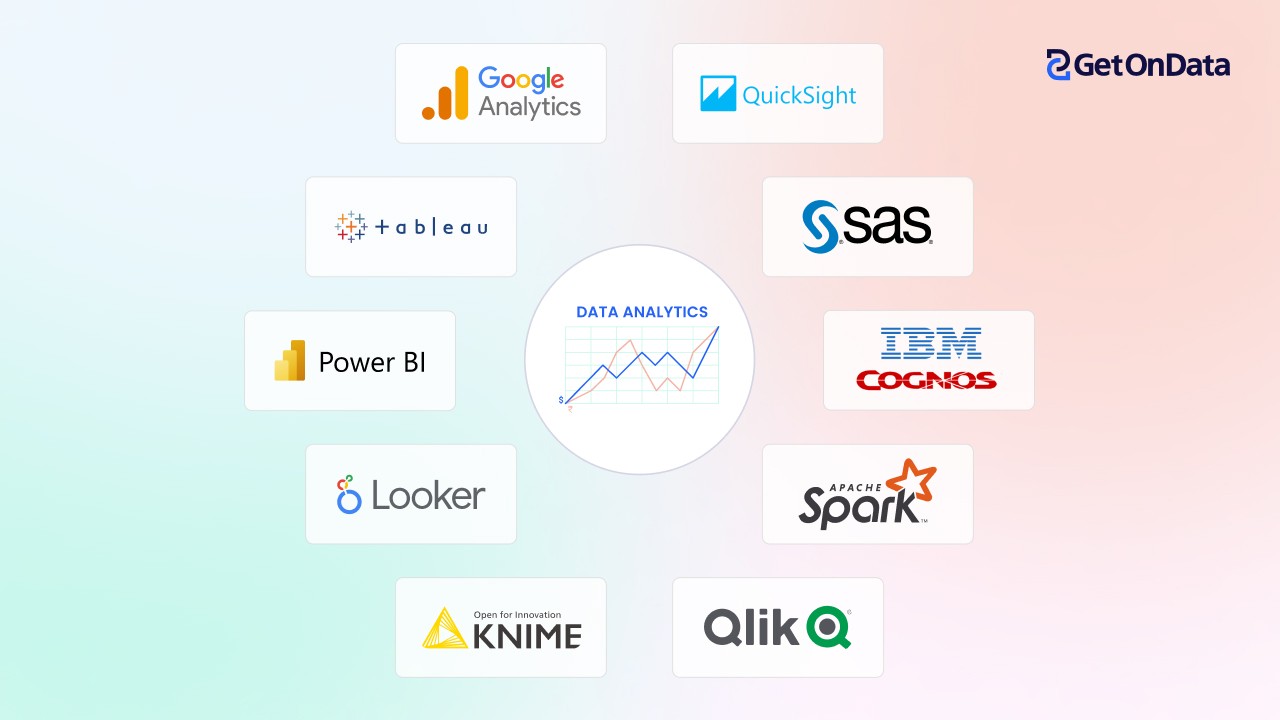Increase Efficiency and Success With Data Analytics
In today's data-driven landscape, organizations are significantly acknowledging the crucial function of data analytics in enhancing operational effectiveness and earnings. By systematically assessing data, organizations can uncover crucial understandings that inform critical choices, improve processes, and dressmaker client experiences.
Recognizing Information Analytics
In today's data-driven landscape, recognizing information analytics is vital for companies intending to boost operational effectiveness and drive earnings. Data analytics entails the systematic computational analysis of data sets to reveal patterns, relationships, and insights that notify decision-making. By utilizing different strategies, such as statistical analysis, machine learning, and predictive modeling, organizations can change raw information right into workable knowledge.
The process normally starts with data collection, where appropriate info is gathered from several resources, consisting of transactional data sources, customer interactions, and market fads. This data is after that cleaned up and organized to make certain precision and uniformity. Once the information is prepared, logical devices and software program are used to discover and imagine the information, allowing stakeholders to recognize patterns and abnormalities.
Ultimately, comprehending data analytics empowers companies to make informed choices based upon empirical evidence as opposed to instinct. It helps with targeted methods that can optimize source appropriation, improve consumer contentment, and improve general performance. As services increasingly identify the value of data-driven understandings, a solid grip of information analytics ends up being a vital proficiency for leaders and teams alike, positioning them for sustained success in an affordable atmosphere.

Trick Benefits for Services
Organizations that leverage data analytics can unlock a wide variety of benefits that dramatically enhance their operations and profitability. Among the primary benefits is enhanced decision-making. Information analytics provides workable insights stemmed from real-time information, enabling services to make enlightened choices that align with market needs and customer choices.

Furthermore, information analytics fosters boosted consumer experiences. By recognizing customer habits and choices, organizations can tailor their offerings, causing increased satisfaction and loyalty. This customized strategy usually results in higher conversion rates and repeat service.
Moreover, data analytics allows organizations to identify emerging patterns and opportunities. By staying in advance of the curve, organizations can utilize on brand-new markets and technologies prior to their rivals.
Executing Data-Driven Techniques
Effective execution of data-driven approaches requires an extensive understanding of both business objectives and readily available information sources. Organizations has to initially specify their purposes plainly, guaranteeing positioning in between data initiatives and strategic purposes. This quality enables teams to focus on pertinent metrics and insights that drive decision-making.
Following, companies need to analyze their existing information infrastructure. This includes reviewing data top quality, access, and assimilation capacities. Top quality information is vital for accurate evaluation, as inadequate data can bring about misguided methods and wasted sources. Organizations must establish procedures the original source for information collection, cleaning, and monitoring to maintain data integrity.
Moreover, cultivating a data-driven society is important. Staff members at all levels should be motivated to utilize information in their day-to-day procedures. Training workshops and programs can enhance information proficiency, encouraging team to make educated choices based upon analytical understandings.
Devices and Technologies Overview
A robust suite of tools and innovations is essential for organizations see post aiming to harness the complete capacity of information analytics. These tools help with the collection, processing, and visualization of data, allowing businesses to derive actionable insights.
At the fundamental level, data management systems such as SQL databases and NoSQL systems provide efficient data storage and access capacities. For information handling and evaluation, programming languages like Python and R, together with frameworks such as Apache Glow, make it possible for intricate computations and equipment learning applications.
Visualization devices, consisting of Tableau and Power BI, change raw information right into user-friendly graphical styles, making understandings obtainable to stakeholders in any way degrees. In addition, cloud-based systems like Google Cloud and AWS provide scalable storage space and handling services, accommodating the expanding volumes of information companies experience.
For innovative analytics, anticipating modeling and AI-driven services are significantly embraced, allowing business to forecast fads and improve decision-making procedures. Incorporating these tools right into existing process is vital; organizations that efficiently leverage this innovation can dramatically improve functional efficiency and drive productivity. Therefore, investing in the right tools and technologies is a calculated critical for any kind of data-driven company.
Study of Success
Leveraging information analytics has led many companies to accomplish remarkable enhancements in performance and success. One remarkable instance is a huge retail chain that carried out predictive analytics to maximize stock monitoring. By analyzing historical sales information and consumer trends, the company decreased excess stock by 30%, leading to significant expense savings and improved capital.
An additional example can be discovered in the production field, where a leading auto manufacturer utilized data analytics to improve its manufacturing procedures. By monitoring machine performance in real-time, the company identified bottlenecks and ineffectiveness, causing a 20% rise in overall devices effectiveness (OEE) This not only increased production rates but also lessened downtime and upkeep expenses.

These study illustrate exactly how data analytics can drive tactical decision-making, maximize processes, and eventually improve both performance and earnings across various fields.
Final Thought
In final thought, the combination of data analytics right into business operations provides significant possibilities for enhancing effectiveness and profitability. By systematically examining data, organizations can determine ineffectiveness, optimize customer experiences, and make educated choices.
In today's data-driven landscape, understanding data analytics is necessary for organizations intending to enhance operational effectiveness and drive earnings. Information analytics involves the methodical computational evaluation of information sets to uncover patterns, connections, and insights that inform decision-making. Data analytics offers actionable understandings discover this obtained from real-time information, permitting services to make educated options that line up with market demands and consumer preferences.
Top notch information is vital for accurate evaluation, as poor information can lead to illinformed techniques and wasted sources. Organizations must develop processes for data collection, cleansing, and administration to preserve information integrity.